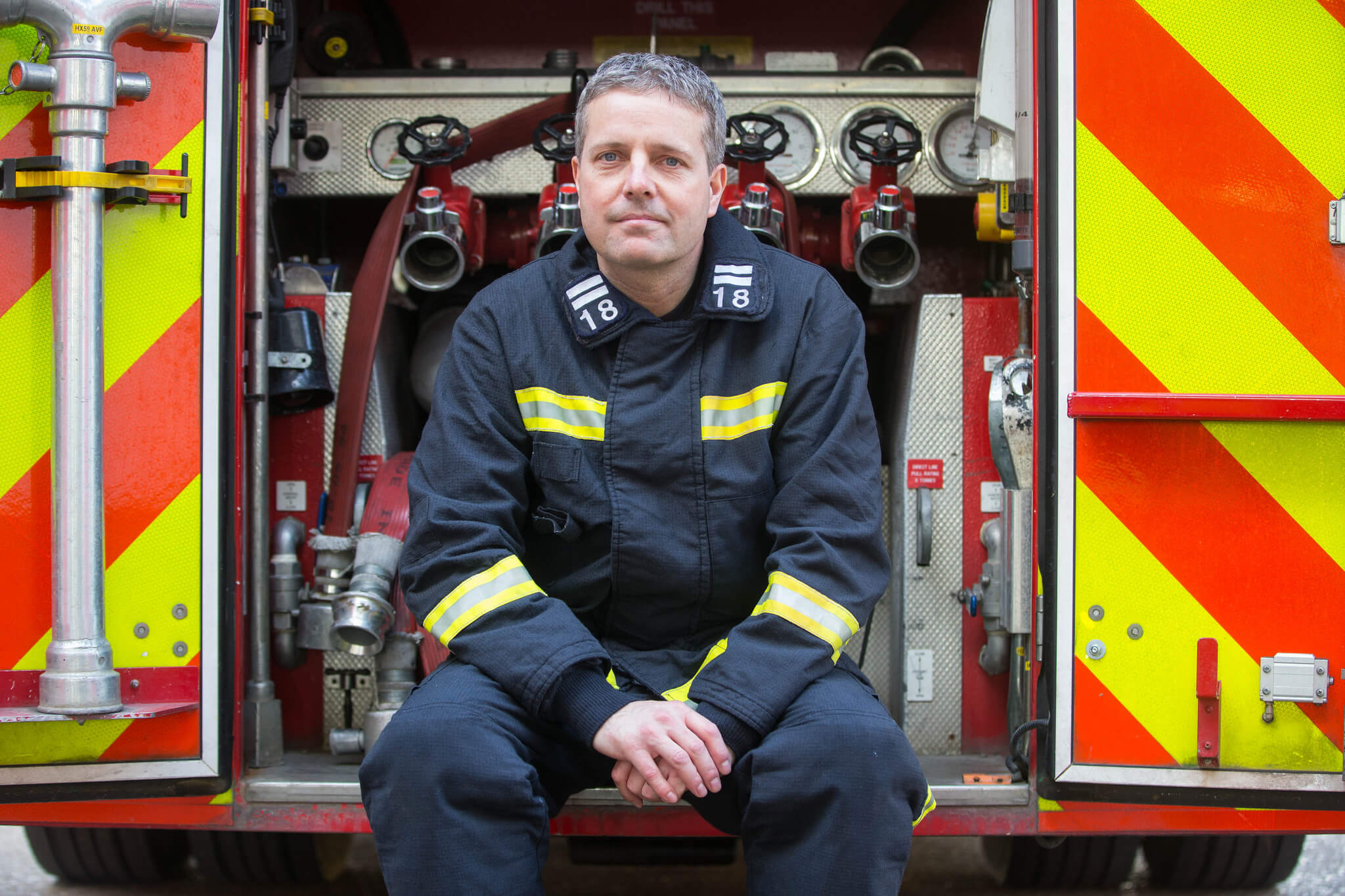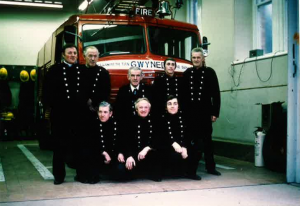
29 Jun Firefighters can act now on exposure to contaminants
The risk of exposure to cancer-causing contaminants at fires can be reduced with the adoption of simple procedures.
Shaun Williams remembers that, when he was a child in 1976, his retained firefighter father, Gareth, was paged to respond to a large 20-pump forest fire in Snowdonia, North Wales. He was gone for three days. Fires like these were so intense and relief resources so scant that leaving the fire ground during the operation was not possible. When Gareth and his colleagues did get time to rest, they would have stayed at the scene. Incidents like this stand out in Shaun’s memory.
Several years later, in 1981, Gareth was diagnosed with throat cancer. Despite several operations to remove the cancerous lump from his neck, it eventually spread to his brain. He died aged just 45.

Image source: Fire Brigades Union
“Back then, the link between firefighting and cancer wasn’t a thing,” says Shaun, who went on to follow in his father’s footsteps, serving at the same fire station, Betws-y-Coed, for the best part of 20 years. “No one can say for sure if his cancer was a result of the job, but I think about it a lot. They wouldn’t have worn BA at forest fires and face masks weren’t in use back then.”
Shaun wonders if the regular call-outs to tackle fires involving bracken – common on the slopes of Snowdon, and containing a carcinogenic compound called ptaquiloside – contributed to his father’s condition…
